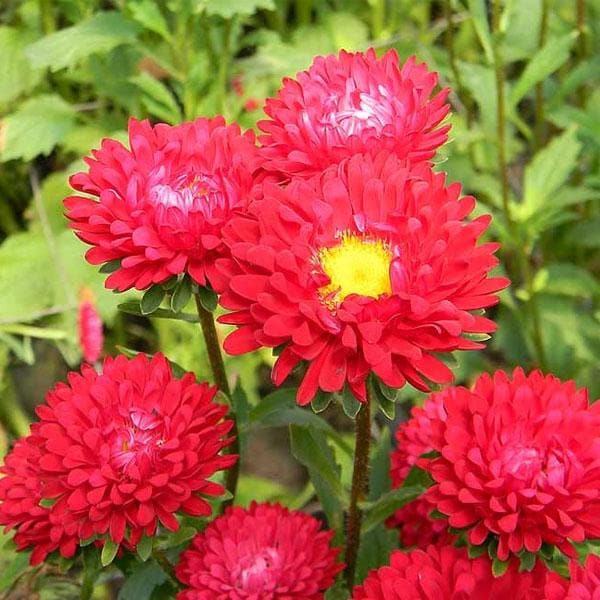
Aster (Red) - Plant
(MRP Inclusive of all taxes)
- Shipping ₹79 for entire order
- Dispatch in 7 days
- Country of origin: India

(MRP Inclusive of all taxes)

 Save 25%
Save 25%
Jasminum sambac, Mogra, Arabian Jasmine - Plant Jasminum sambac, commonly known as Mogra or Arabian Jasmine, is a fragrant flowering plant...
View full details
 Save 18%
Save 18%
Combo Constituents Includes the Parijat Tree (Night-Flowering Jasmine), a culturally significant plant with fragrant flowers. Description The Pari...
View full details Save 25%
Save 25%
Damascus Rose, Scented Rose (Any Color) - Plant The Damascus Rose, also known as Rosa damascena, is a timeless symbol of beauty and romanc...
View full details
 Save 17%
Save 17%
Beautiful Fragrant Mogra, Arabian Jasmine Plant with Pot The Beautiful Fragrant Mogra, also known as Arabian Jasmine (Jasminum sambac), is...
View full details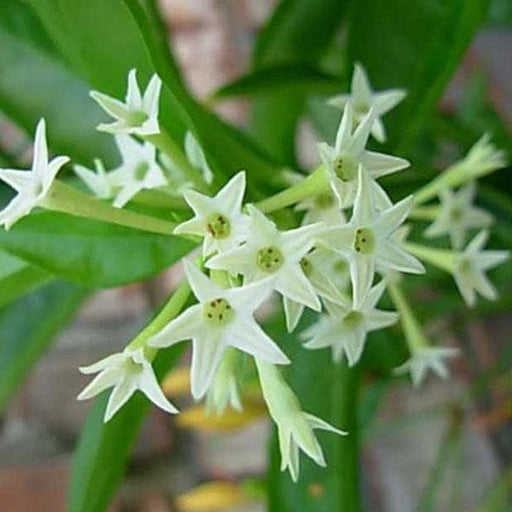
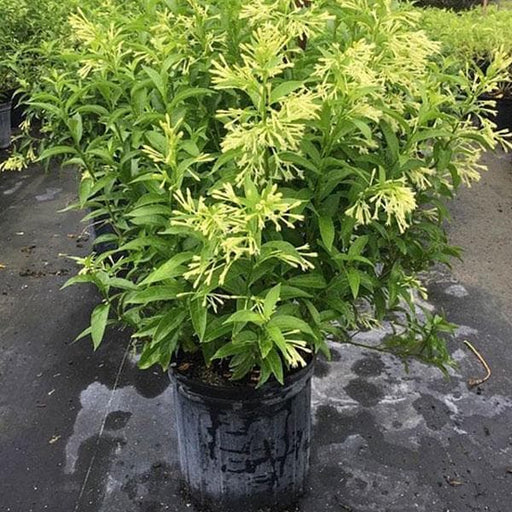 Save 25%
Save 25%
Description Raat Ki Rani (*Cestrum nocturnum*), also known as Night Blooming Jasmine, is a fragrant shrub native to the Caribbean and Central Ameri...
View full details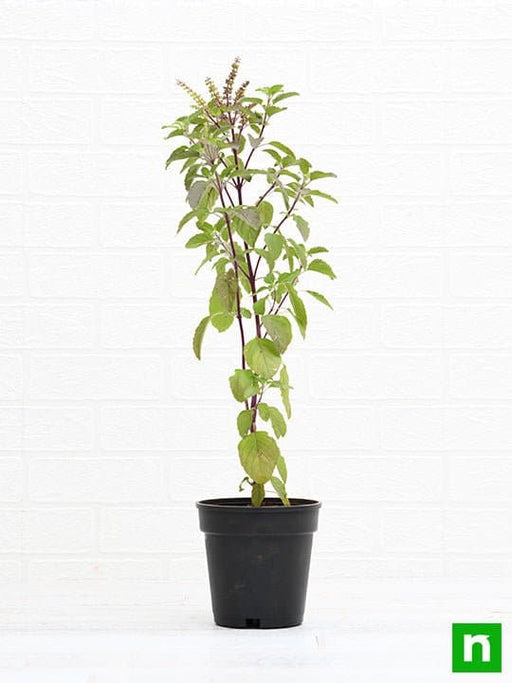
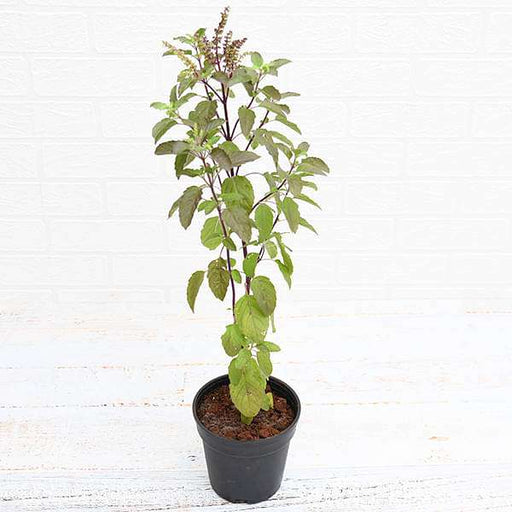 Save 26%
Save 26%
Krishna Tulsi Plant, Holy Basil, Ocimum tenuiflorum (Black) - Plant The Krishna Tulsi Plant, also known as Holy Basil, is a revered herb i...
View full details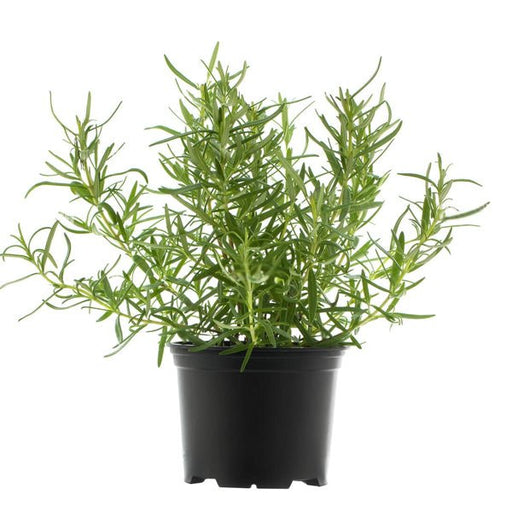 Save 26%
Save 26%
Rosemary - Plant Rosemary (Rosmarinus officinalis) is a fragrant evergreen herb native to the Mediterranean region. Known for its needle-like leav...
View full details Save 15%
Save 15%
Pack of Vermicompost and Neem Cake for House Plants Transform your indoor garden with our premium Pack of Vermicompost and Neem Cake, spec...
View full details
Pack of Plant Growth and Flower Boosters Unlock the full potential of your garden with our Pack of Plant Growth and Flower Boosters! This ...
View full details Save 38%
Save 38%
Combo of Jeevamrut and Neem Raksha for Easy Growth and Protection of Houseplants Transform your indoor garden with our exclusive combo of ...
View full details Save 22%
Save 22%
Plant Nutrients Kit (Pack of 16) for a Healthy Garden Transform your garden into a lush paradise with our Plant Nutrients Kit, featuring 1...
View full details Save 16%
Save 16%
Combo of Top Plant Fertilizers Elevate your gardening game with our exclusive Combo of Top Plant Fertilizers, featuring two bags of premiu...
View full details Save 24%
Save 24%
Pack of 4 Additives to Make Soil Healthy and Nutrient Rich Transform your garden into a thriving ecosystem with our Pack of 4 Additives de...
View full details Save 30%
Save 30%
Transform your gardening experience with our premium Combo of Perlite and Vermiculite. This unique blend is designed to enhance soil aeration and ...
View full details Save 27%
Save 27%
Combo of 2 Vermicompost and Cocopeat - Enrich Your Soil Naturally! Transform your garden into a thriving ecosystem with our Combo of 2 Ver...
View full details
 Save 35%
Save 35%
Best 6 Plants for Perfect Indoor Garden Transform your living space into a lush oasis with our curated collection of the Best 6 Plants for a...
View full details
 Save up to 50%
Save up to 50%
Mini Succulent Garden Pack Transform your space with our Mini Succulent Garden Pack, featuring a delightful collection of 4 any variety beautiful s...
View full details
 Save 30%
Save 30%
5 Best Fragrant Plants Transform your garden or indoor space into a fragrant paradise with our curated selection of the 5 Best Fragrant Plants. Th...
View full details
 Save 24%
Save 24%
Set of 2 Bonsai Looking Grafted Adeniums Transform your indoor or outdoor space with our exquisite Set of 2 Bonsai Looking Grafted Adenium...
View full details Save 45%
Save 45%
Top 4 Die Hard Succulents Pack Transform your indoor or outdoor space with our Top 4 Die Hard Succulents Pack, featuring a curated selecti...
View full details
 Save 30%
Save 30%
5 Best Indoor Plants Pack Transform your living space into a lush oasis with our '5 Best Indoor Plants Pack.' This carefully curated collection fe...
View full details
 Save 25%
Save 25%
Set of 4 Evergreen Air Purifier Plant Pack Transform your indoor space into a lush, green oasis with our Set of 4 Evergreen Air Purifier Pla...
View full details| SrNo | Item Name | Qty |
|---|---|---|
| 1 | Aster (Red) Plant in 6 inch (15 cm) Pot | 1 |
The Aster (Red) is a stunning perennial flower that brings vibrant color and life to any garden. Known scientifically as Aster novae-angliae, this plant blooms in late summer to fall, showcasing brilliant red petals that attract pollinators like bees and butterflies. With its bushy growth habit and lush foliage, the Aster (Red) not only enhances your landscape but also supports local ecosystems.
What makes the Aster (Red) special is its resilience and adaptability. Thriving in various soil types and conditions, this plant is perfect for both novice and experienced gardeners. Its striking red hue symbolizes love and passion, making it a popular choice for floral arrangements and garden displays.
One of the standout features of the Aster (Red) is its ability to bloom in late summer when many other plants have finished flowering. This late-season bloom provides essential nectar for pollinators preparing for winter, making it an environmentally friendly choice for sustainable gardening.
The Aster (Red) plays a crucial role in supporting pollinator populations, contributing to the health of local ecosystems. By planting Asters, you help create a sustainable environment that fosters biodiversity and promotes the well-being of various species.
Aster care is like giving your plant a spa day—water, sunlight, and a little love go a long way. These beauties thrive in well-drained soil and prefer a sunny spot, so make sure they’re not stuck in the shade like a wallflower at a dance. Regular deadheading will keep them blooming like they’re auditioning for a floral fashion show. Remember, a little fertilizer can make them feel like royalty, but don’t overdo it; we’re not trying to turn them into divas!
Aster varieties are like a box of chocolates—each one has its own unique flavor! From the classic New England Aster to the charming Alpine Aster, there’s a type for every garden personality. Some bloom in late summer, while others strut their stuff in the fall, ensuring your garden is never out of style. Mix and match these colorful characters for a garden that’s as vibrant as a painter’s palette. Just remember, not all Asters get along, so choose your companions wisely!
Planting Asters is like setting up a blind date; you want to make sure they’re in the right environment to thrive. Choose a spot with well-drained soil and plenty of sunlight, and don’t forget to give them some space to grow—no one likes a clingy plant! When planting, dig a hole twice the size of the root ball and gently loosen the roots. Water them in like you’re toasting to a new friendship, and watch as they flourish into the life of the garden party!
Aster pests are the uninvited guests at your garden soirée. Aphids, spider mites, and slugs can crash the party, but fear not! A little neem oil or insecticidal soap can send them packing. Keep an eye out for signs of trouble, like wilting leaves or holes that look like they’ve been nibbled by a hungry critter. With a little vigilance and some pest control tactics, you can keep your Asters looking fabulous and pest-free!
Aster diseases are the drama queens of the plant world, but with a little know-how, you can keep the theatrics to a minimum. Powdery mildew and root rot are the usual suspects, but don’t let them steal the show! Ensure good air circulation and avoid overwatering to keep your Asters healthy and happy. If you spot any signs of trouble, act fast—prune away the affected areas and give your plants a pep talk. They’ll bounce back in no time!
Aster companion plants are like the perfect sidekicks in a buddy movie. Pair them with ornamental grasses or late-blooming perennials for a garden that’s bursting with color and texture. They love the company of bees and butterflies, so invite these pollinators to the party by planting some nearby. Just be sure to avoid plants that are too aggressive; we want harmony in the garden, not a turf war!
Aster propagation is like sharing the love—once you’ve got a thriving plant, why not spread the joy? You can divide established clumps in the spring or fall, or take cuttings to start new plants. Just make sure to give them a cozy spot to root and watch as they grow into fabulous new additions to your garden. It’s like creating a family of Asters, and who doesn’t love a good family reunion?
Aster fertilization is the secret sauce to a blooming success story. A balanced, slow-release fertilizer in early spring will give your plants the boost they need to shine. Think of it as a morning coffee for your Asters—just the right amount will keep them energized and ready to impress. But beware of over-fertilizing; too much can lead to leggy growth and fewer blooms. Moderation is key, just like with dessert!
Aster sunlight requirements are like a sunbather’s dream—these plants thrive in full sun! Aim for at least six hours of direct sunlight each day to keep them blooming like they’re on a tropical vacation. If they’re not getting enough sun, they might sulk and refuse to flower, turning your garden into a sad scene. So, give them the spotlight they deserve, and watch them flourish into the stars of your landscape!
Aster watering needs are a delicate balance—too little, and they’ll be parched; too much, and they’ll drown in their own drama. Aim for consistent moisture, especially during dry spells, but let the soil dry out between waterings. Think of it as a refreshing drink after a workout—just enough to keep them hydrated without overdoing it. With the right watering routine, your Asters will be the picture of health and vitality!
Aster seasonal care is like preparing for a seasonal party—there’s always something to do! In spring, it’s time to prune and fertilize, while summer calls for regular deadheading to keep those blooms coming. As fall approaches, enjoy the show as they burst into color, and don’t forget to cut them back after the first frost. With a little seasonal TLC, your Asters will be the life of the garden all year round!
Aster (Red) is a vibrant perennial that adds a splash of color to your garden. With its fiery red blooms, it’s like the life of the party, attracting butterflies and bees while making your neighbors green with envy. Perfect for borders or as a focal point, it’s a must-have for any garden enthusiast.
Caring for your Aster (Red) is as easy as pie! Just plant it in well-drained soil, give it a sunny spot, and water it regularly. It thrives on neglect, so don’t worry if you forget to pamper it. Just remember, a little deadheading goes a long way in keeping those blooms coming!
Aster (Red) is the show-off of the garden, blooming from late summer to fall. It’s like the grand finale of your garden’s floral display, bursting into color when many other plants are winding down. So, get ready to enjoy a dazzling display just when you thought the garden was done for the season!
Aster (Red) prefers well-drained soil that’s rich in organic matter. Think of it as a diva that demands the best! A slightly acidic to neutral pH is ideal, so mix in some compost to keep it happy. Just remember, soggy feet are a no-go; this plant doesn’t do well in waterlogged conditions!
Absolutely! Aster (Red) is a versatile little gem that can thrive in pots. Just ensure the container has drainage holes and use quality potting mix. It’s like giving your plant a cozy apartment with a view. Just don’t forget to water it regularly, or it might throw a tantrum!
Yes, Aster (Red) is like the bouncer of the garden, keeping deer at bay. While no plant is entirely deer-proof, its bitter taste makes it less appealing to these four-legged munchers. So, plant it with confidence, knowing that your vibrant blooms are less likely to become a deer buffet!
Aster (Red) typically grows between 1 to 3 feet tall, depending on the variety and growing conditions. It’s the perfect height to make a statement without overshadowing your other plants. Think of it as the charming friend who stands out in a crowd but doesn’t steal the spotlight!
Yes, you can propagate Aster (Red) through division or cuttings. It’s like sharing the love! In spring or fall, simply dig up the plant, divide the roots, and replant them. You’ll have more of these stunning blooms to enjoy, and your garden will thank you for the extra color!
Aster (Red) can attract a few pesky visitors like aphids and spider mites. But fear not! A good spray of water or insecticidal soap can send them packing. It’s like giving your plant a refreshing shower while sending the pests on a one-way trip out of your garden!
Aster (Red) is quite adaptable and thrives in USDA zones 3 to 8. It loves full sun but can tolerate partial shade, making it a great choice for various climates. Just check your local conditions, and you’ll be well on your way to a blooming success!
Water your Aster (Red) regularly, especially during dry spells. Aim for about an inch of water per week, either from rainfall or your trusty garden hose. Just remember, it prefers to dry out a bit between waterings—think of it as a plant that enjoys a little spa day!
Aster (Red) not only adds stunning color but also attracts pollinators, making your garden a buzzing hotspot. It’s a low-maintenance perennial that provides late-season blooms, ensuring your garden stays lively when others fade. Plus, it’s a great conversation starter—everyone loves a plant with personality!